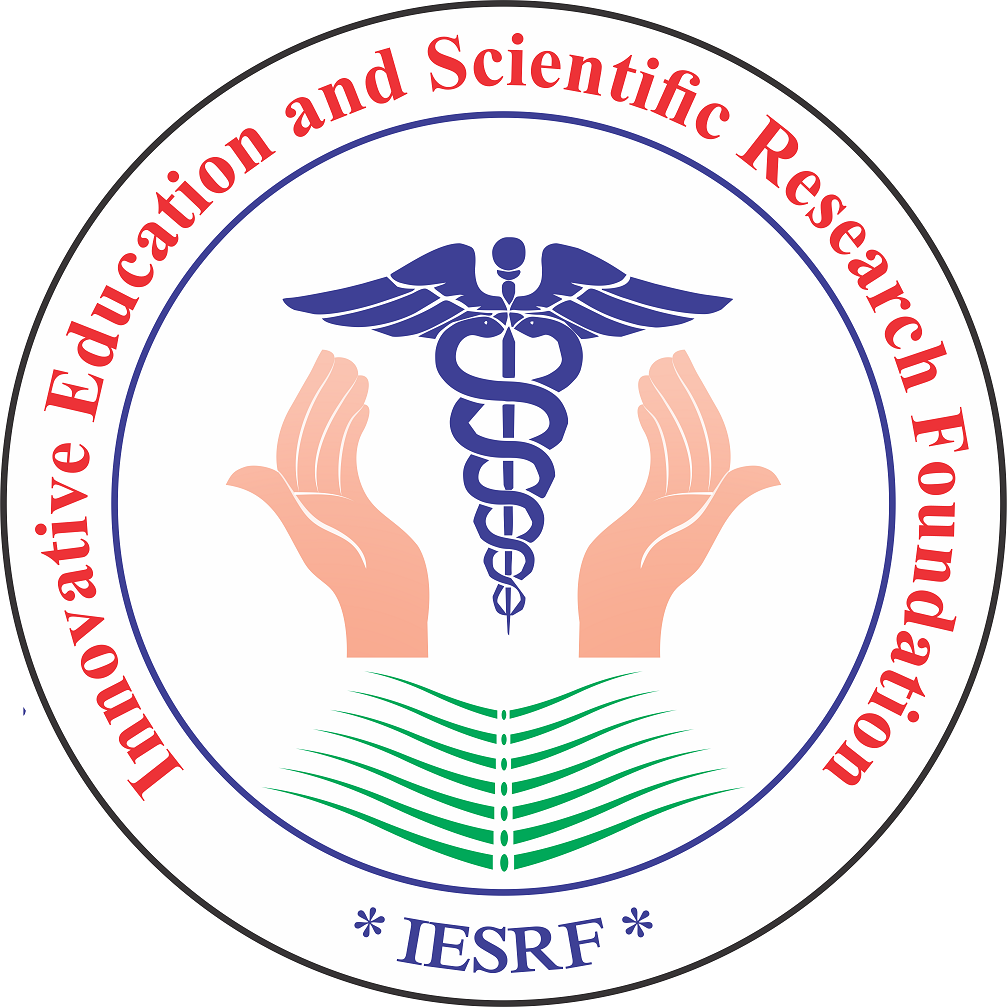Dental caries remains one of the most widespread and persistent chronic diseases globally, affecting individuals across all age groups and socio-economic backgrounds. It is primarily caused by the demineralization of tooth enamel and dentin due to acidic by-products from bacterial metabolism within dental biofilms. While traditional caries management has long relied on restorative interventions—often involving the irreversible removal of decayed tooth structure—this approach does not address the underlying etiology of the disease and may lead to a restorative cycle of repeated treatments over a lifetime. Recent advances in preventive and non-invasive dentistry have catalysed the development and clinical implementation of caries-arresting medicaments, which offer the potential to halt or reverse disease progression without the need for invasive procedures. Among these, silver diamine fluoride (SDF), resin infiltration (RI), casein phosphopeptide-amorphous calcium phosphate (CPP-ACP), and glass ionomer cement (GIC) have emerged as leading therapeutic agents due to their demonstrated efficacy, biocompatibility, and patient-centered benefits. These medicaments operate through distinct mechanisms—including remineralisation, antimicrobial activity, and physical lesion stabilization—and are particularly beneficial for populations with limited access to dental care, including paediatric, geriatric, and medically compromised individuals. Moreover, their use aligns with the principles of minimal intervention dentistry, aiming to preserve natural tooth structure and enhance long-term oral health outcomes. This review critically evaluates the current evidence on the clinical and in vitro effectiveness of SDF, RI, CPP-ACP, and GIC in arresting caries progression. It aims to provide insight into these interventions, their comparative advantages, limitations, and potential roles within integrated caries management strategies.
Keywords: Dental caries, Resin infiltration, Glass ionomer cement.
